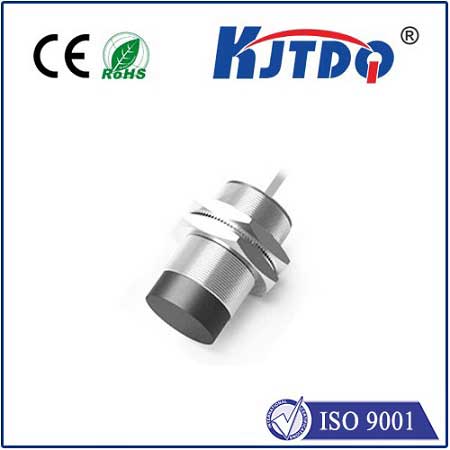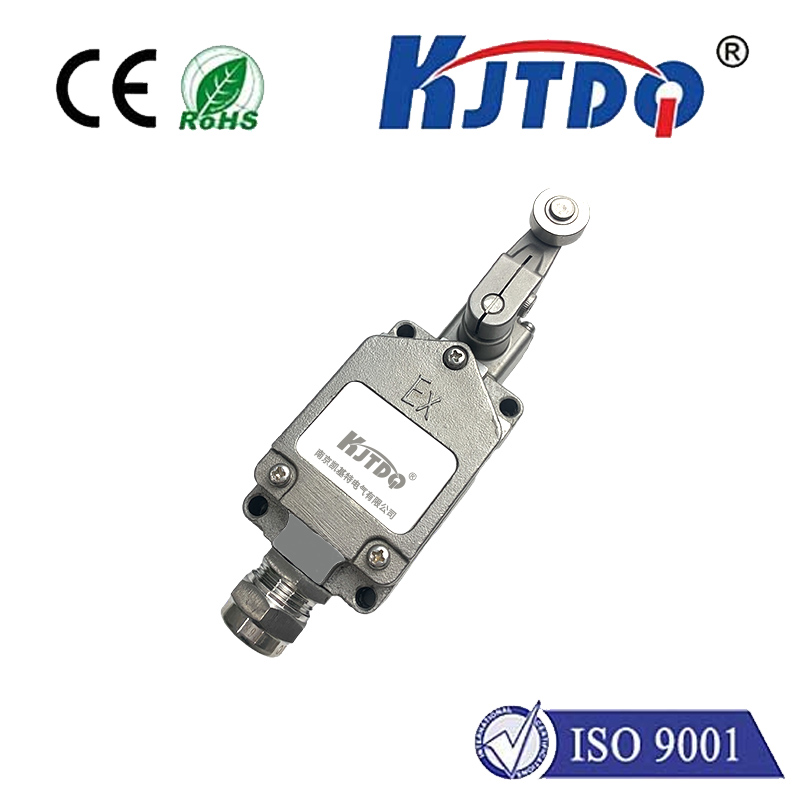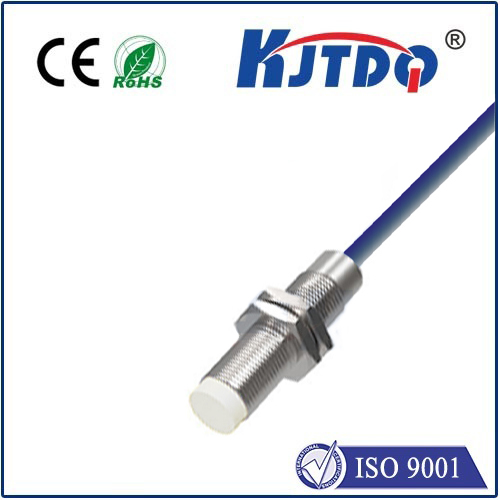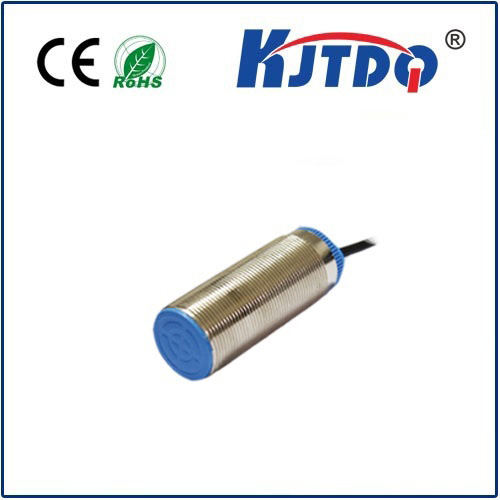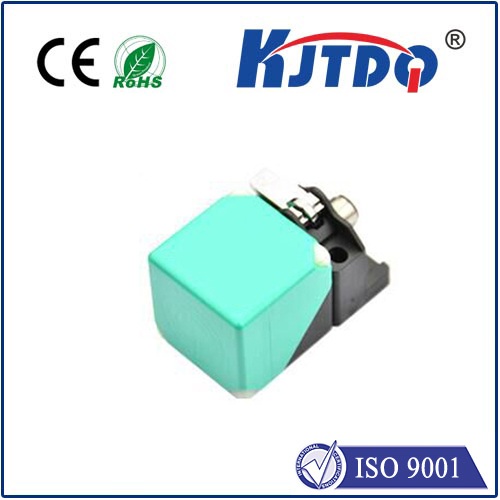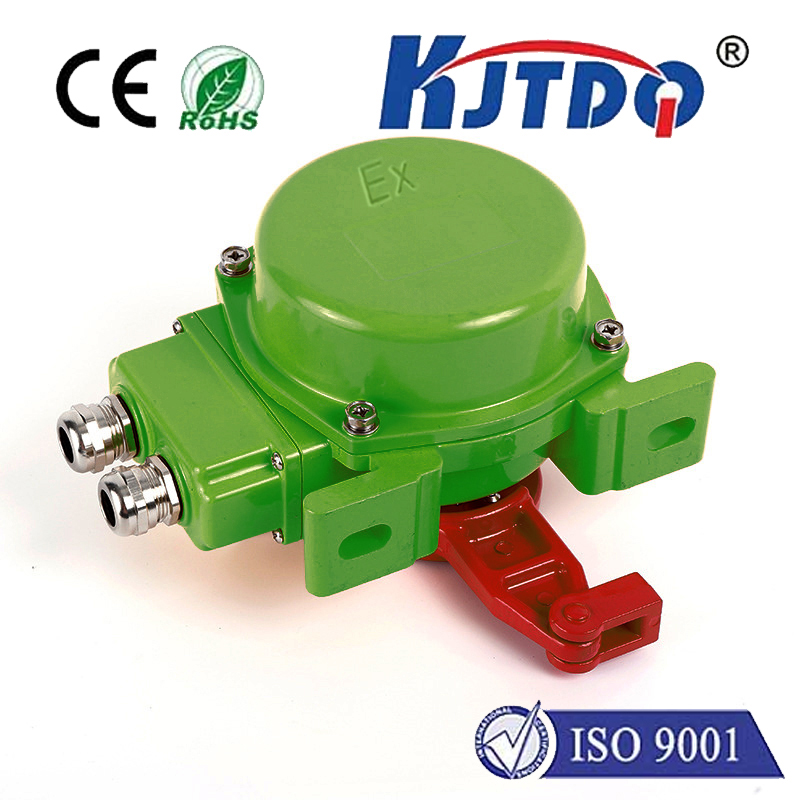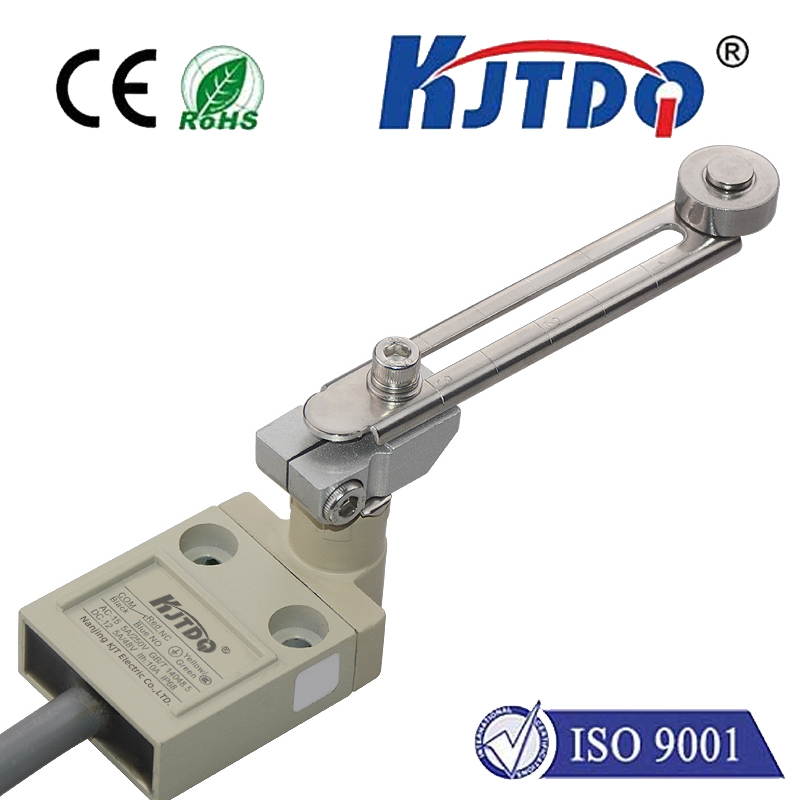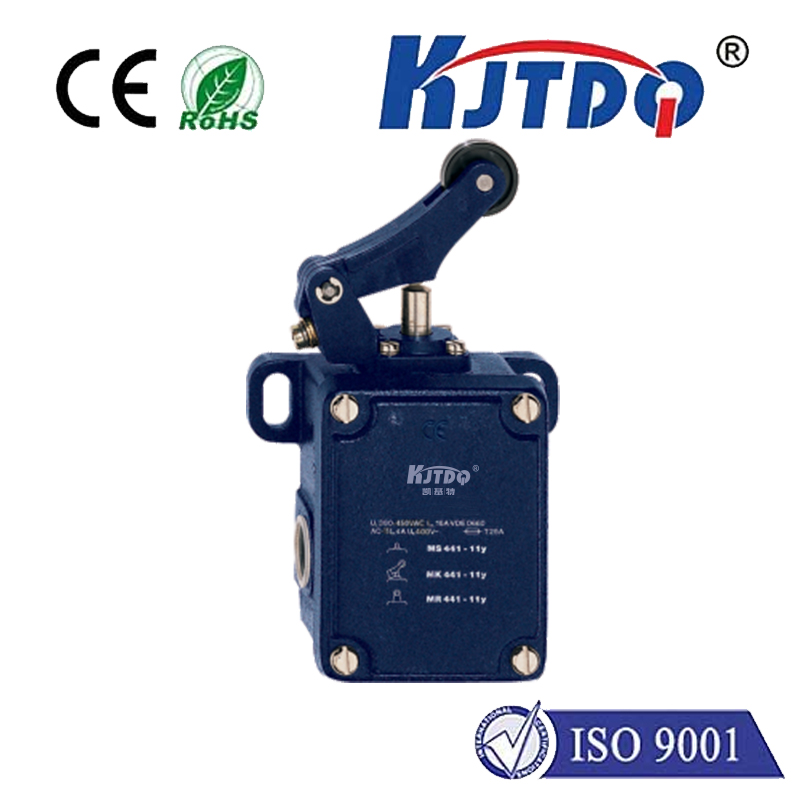high pressure proximity sensor
- time:2025-06-20 01:30:29
- Click:0
Unlocking Precision: How High Pressure Proximity Sensors Revolutionize Industrial Operations
In the relentless heartbeat of heavy industry – where hydraulic presses exert colossal force, pipelines pulse with high-pressure fluids, and turbines spin at dizzying speeds – traditional sensors often falter. Measuring position, detecting presence, or monitoring vibration in these high-pressure environments becomes a critical yet challenging task. This is where specialized high pressure proximity sensors step onto the stage, engineered not just to survive, but to deliver unwavering accuracy where conventional devices dare not tread. These unsung heroes are fundamental to safety, efficiency, and precision in the most demanding sectors.
But what exactly is a high pressure proximity sensor? At its core, it operates on the same principle as standard proximity sensors: detecting the presence or absence of an object within a defined range without physical contact, typically using electromagnetic fields (inductive sensors for metals) or capacitive fields. The crucial differentiator lies in its robust construction and sealing. These sensors are explicitly designed to withstand extreme static and dynamic pressures that would crush or compromise standard units. Think pressures encountered deep within hydraulic systems, submerged deep underwater, inside high-pressure reactors, or within the intense environments of oil & gas extraction.
Why Standard Sensors Fall Short in High-Pressure Zones
Standard proximity sensors, while effective in benign environments, possess vulnerabilities under duress:

- Seal Failure: Pressure can breach standard O-rings and seals, leading to fluid ingress that shorts circuits, corrodes components, or alters sensing characteristics.
- Housing Deformation: Excessive force can physically distort the sensor housing, misaligning internal components or damaging the sensing face, rendering it inaccurate or inoperative.
- Diaphragm Effects: Pressure acting on internal diaphragms or flexible components can cause false triggering or signal drift.
- Material Fatigue: Constant cyclic pressure can cause metal fatigue or degradation in polymer components not rated for such extremes.
The Engineering Fortitude of High Pressure Proximity Sensors
To overcome these challenges, high pressure proximity sensors incorporate critical design elements:
- Pressure-Rated Housing & Seals: Utilizing high-strength stainless steel (e.g., 316L) housings and specialized, multi-layered sealing technologies (like welded metal bellows or advanced elastomers rated for thousands of PSI/Bar) that maintain integrity under intense loads.
- Reinforced Construction: Internally reinforced structures to prevent distortion or crushing of the sensing coil/capacitive elements under pressure.
- Hermetic Sealing: Often featuring fully welded stainless steel bodies on inductive models, ensuring an impervious barrier between the harsh environment and the sensitive electronics.
- Optimized Sensing Face: Designs that minimize potential pressure points on the active sensing surface.
- Ruggedized Electronics: Circuitry protected against shock, vibration, and temperature extremes often accompanying high-pressure conditions.
Core Advantages Driving Adoption
The benefits of deploying these specialized sensors extend far beyond mere survival:
- Reliable Operation in Extreme Conditions: The primary advantage – delivering stable and accurate non-contact sensing where other technologies fail, crucial for safety-critical systems. Downtime due to sensor failure in these environments is costly and dangerous.
- Enhanced Longevity: Built to endure, these sensors offer significantly extended service life in harsh applications, reducing replacement costs and maintenance frequency.
- Maintained Precision: High-quality units ensure minimal impact on the sensing distance or switching accuracy, even under continuous high pressure. Reliable feedback is essential for precise control.
- Reduced Maintenance: Robustness translates directly to less frequent interventions and lower total cost of ownership.
- Versatility: While built for pressure, this ruggedization inherently provides excellent resistance to vibration, shock, washdowns, and corrosive substances.
Where High Pressure Proximity Sensors Shine (Applications)
The unique capabilities of these sensors make them indispensable across numerous challenging sectors:
- Hydraulics & Pneumatics: Monitoring cylinder position, detecting piston end-of-stroke, confirming valve actuation, and verifying clamp positions within high-pressure hydraulic power units and control systems. Essential for presses, injection molding machines, and heavy construction equipment.
- Oil & Gas (Upstream & Downstream): Detection within high-pressure manifolds, subsea equipment, Christmas trees, and pressure vessels. Monitoring valve positions, actuator status, and component presence in environments with pressures often exceeding thousands of PSI. Reliability here is non-negotiable.
- Chemical & Process Industries: Position sensing in high-pressure reactors, pumps, and pipelines handling corrosive or volatile substances. Robustness is key against both pressure and chemical attack.
- Power Generation (Hydro & Steam Turbines): Monitoring components within high-pressure steam lines, turbine control systems, and hydroelectric equipment subject to immense water pressures.
- Deep-Sea Applications: Submersibles, ROVs (Remotely Operated Vehicles), and underwater installations require sensors rated for the crushing pressures found at significant ocean depths.
- Heavy Machinery & Metal Forming: Monitoring tooling position, press plate proximity, and automated handling in high-force stamping and forging operations.
Selecting the Right High Pressure Proximity Sensor
Choosing the optimal sensor requires careful consideration:
- Pressure Rating: This is paramount. Specify the maximum static and dynamic pressure the sensor will face, including pressure spikes. Ensure the sensor’s rating comfortably exceeds this, incorporating a safety margin. Ratings are typically given in PSI or Bar.
- Media Compatibility: What substance is exerting the pressure (oil, water, gas, chemicals)? Ensure housing materials and seals are compatible to prevent corrosion or degradation.
- Sensing Technology: Inductive (for metals) or Capacitive (for metals and non-metals)? Choose based on target material.
- Sensing Distance: Required range to reliably detect the target under operating conditions.
- Output Type & Electrical Connection: PNP/NPN, NO/NC? M12, M18, M30 connectors? Cable or connector style compatibility with existing systems is crucial.
- Temperature Range: Ensure operation within the ambient and media temperature extremes of the application.
- Certifications: Are specific approvals needed (ATEX, IECEx for hazardous areas; IP69K for washdown; marine certifications)?
High pressure proximity sensors are more than just robust variants; they are essential enablers of modern industrial automation in the most challenging frontiers. By providing dependable, non-contact detection and position feedback where standard sensors simply cannot operate, they ensure the safe, efficient, and precise functioning of critical machinery and processes. Their ability to thrive under duress makes them a cornerstone technology for pushing the boundaries of what’s possible in heavy industry, offshore exploration, and advanced manufacturing, transforming high-pressure challenges into controlled, measurable operations.












